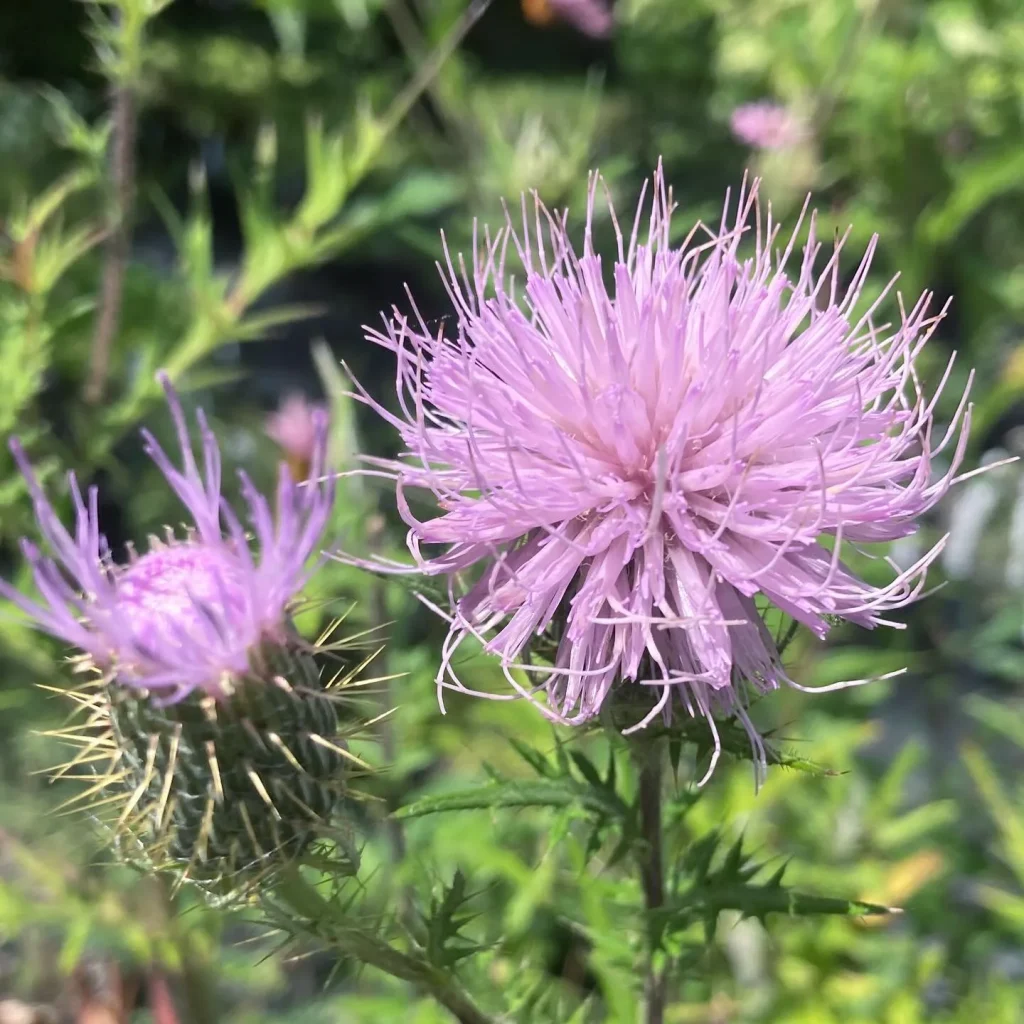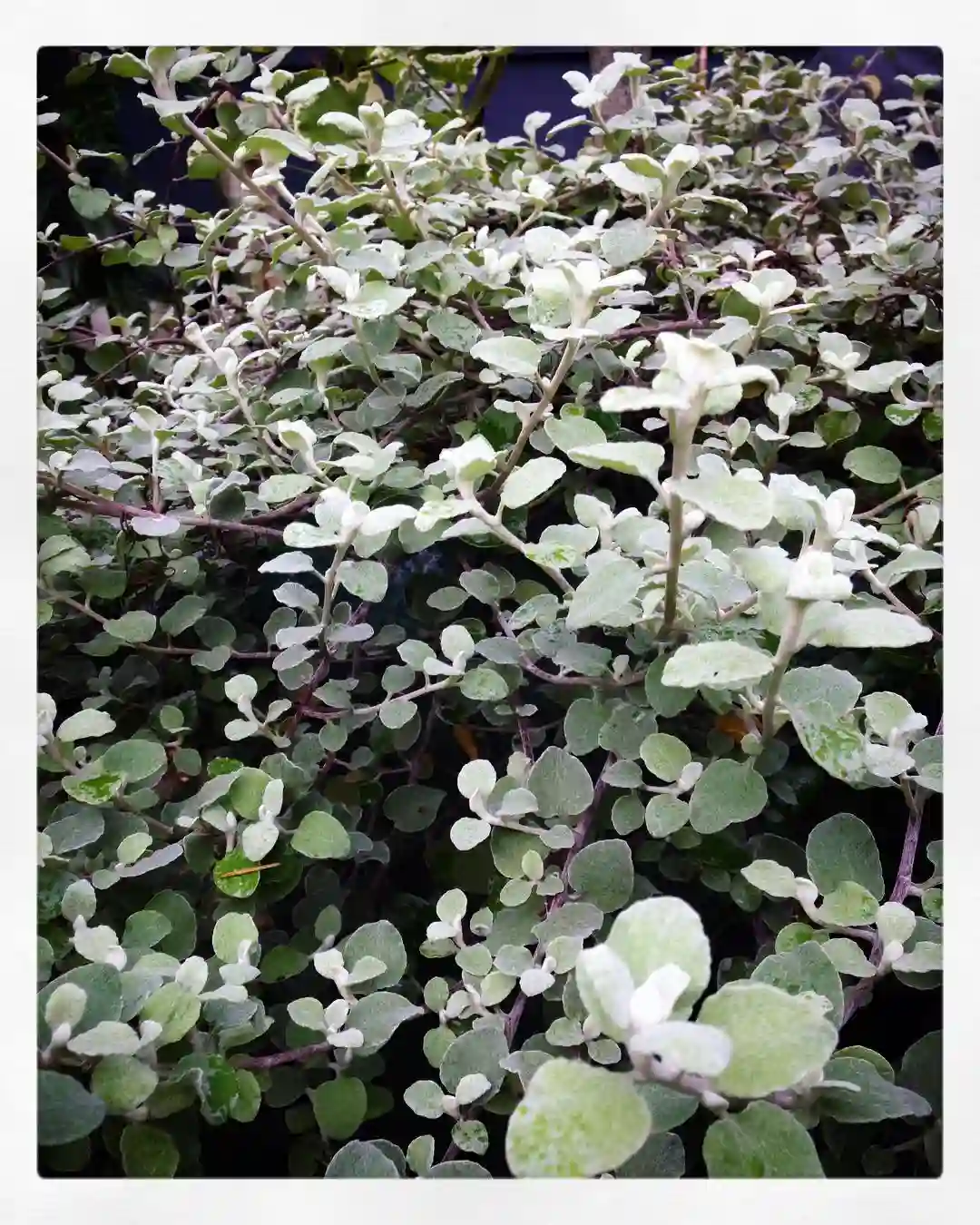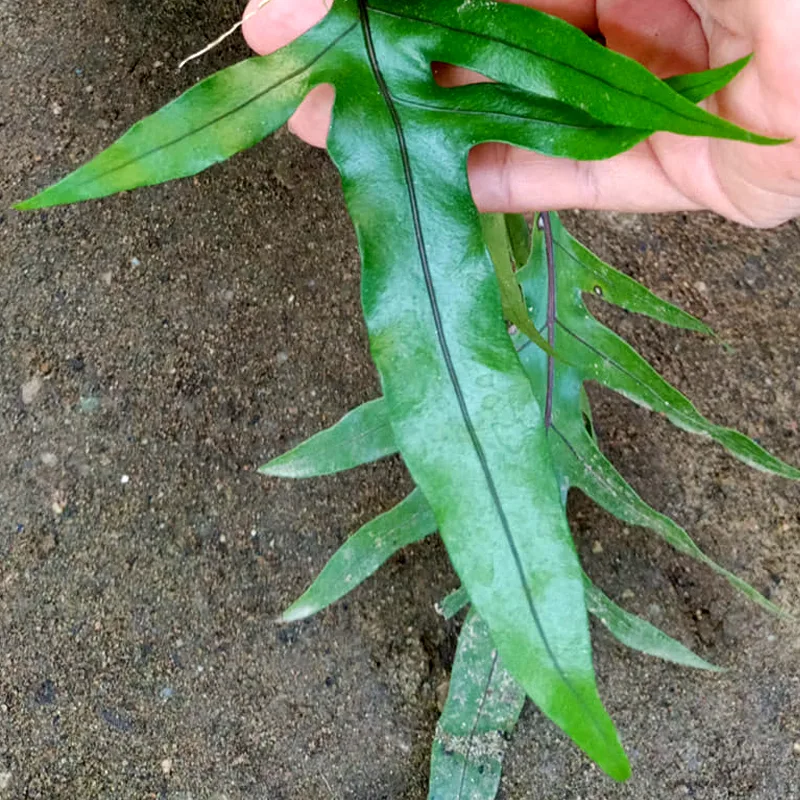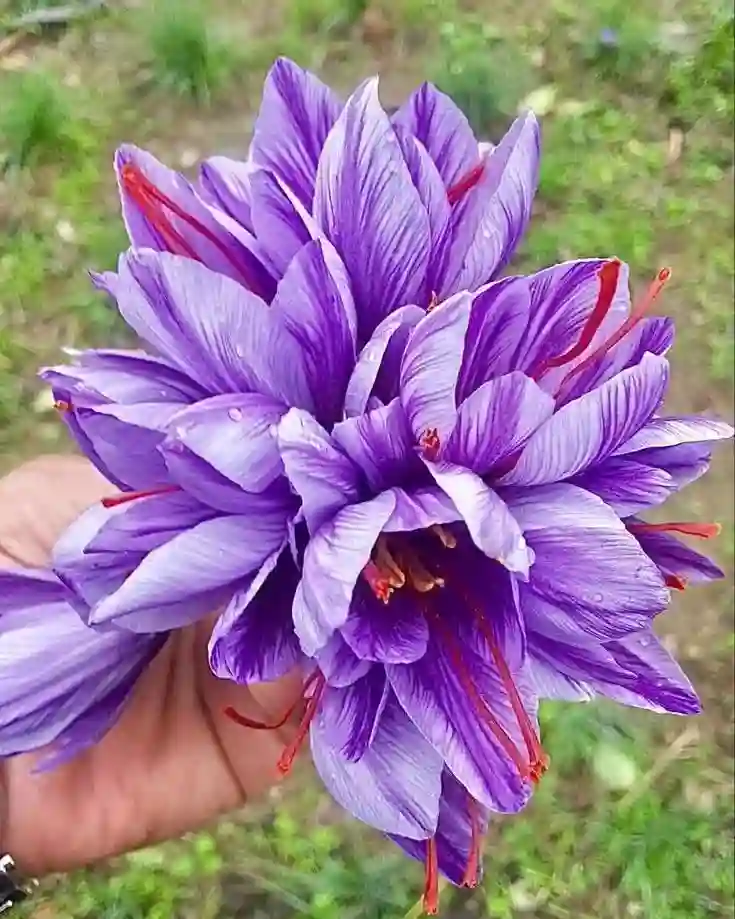
Frequently Asked Questions About Tamarack Trees
When it comes to understanding the Tamarack Tree, there are a lot of questions that come up. Having spent time learning about this fascinating tree, I’m here to share what I’ve discovered. Whether you’re considering adding one to your landscape or simply curious, these FAQs should provide a comprehensive look at Tamarack Trees.
11 Species in Genus Larix – Larch Tree
What is Tamarack?
Tamarack, also known as Larix Laricina, is a deciduous conifer native to North America. Unlike most conifers, Tamarack Trees shed their needles in the fall, making them stand out among evergreen trees. They’re known for their adaptability to wet and cold environments, thriving in bogs and swamps.
Do Deer Eat Tamarack Trees?
Yes, deer do eat Tamarack Trees. They are known to browse on the young shoots and needles, especially during the winter when food is scarce. If you have a deer problem in your area, you might need to protect young Tamarack Trees with fencing or repellents.
Do Tamarack Trees Lose Their Needles?
Indeed, Tamarack Trees do lose their needles. This is one of their distinctive features. In the fall, Tamarack Trees turn a brilliant yellow before shedding their needles. This seasonal needle drop is part of their natural life cycle and helps them conserve water and energy during the winter.
What Does a Tamarack Tree Look Like?
Tamarack Trees are quite distinctive. They typically have a slender, straight trunk with a conical shape. The needles are soft, fine, and arranged in clusters along the branches. In the fall, the tree turns a striking yellow before the needles drop. The bark is thin and grayish-brown, often peeling in strips.
Is Tamarack a Hardwood?
Yes, Tamarack is classified as a hardwood, despite being a conifer. Its wood is dense and durable, making it useful for various applications. It is particularly valued for its resistance to decay and insect damage.
What is Tamarack Used For?
Tamarack wood is used in a variety of ways. It is commonly used for construction, particularly in areas where the wood will be exposed to the elements due to its resistance to decay. It is also used in furniture making, flooring, and for making posts and poles. In the past, indigenous peoples used Tamarack for canoe construction and crafting.
Where Do Tamarack Trees Grow?
Tamarack Trees grow in the northern parts of North America, including Canada and the northern United States. They are typically found in wet, acidic soils in bogs, swamps, and along lake shores. Their natural habitat includes areas from the Atlantic to the Pacific, stretching from the northern regions of the U.S. to the tundra of Canada.
Do Tamarack Trees Change Color?
Yes, Tamarack Trees change color in the fall. Before shedding their needles, they turn a brilliant yellow. This color change is one of the most striking features of the Tamarack Tree, providing a vibrant display in autumn landscapes.
Does Tamarack Make Good Firewood?
Tamarack makes excellent firewood. It burns hot and produces a good amount of heat, which is great for home heating. The wood also has a low moisture content, meaning it burns cleanly with minimal smoke. However, because of its high resin content, it can create more creosote buildup in chimneys compared to some other woods.
How to Grow Tamarack Tree from Seed?
Growing Tamarack Trees from seed is relatively straightforward. Collect seeds in the fall after they’ve ripened and stratify them by placing them in a refrigerator for a few weeks. Sow the seeds in a well-draining potting mix and keep them moist. Germination can take several weeks. Once the seedlings are large enough to handle, transplant them into larger pots or directly into the ground.
Tamarack vs Larch
Tamarack and Larch are often used interchangeably, but they have subtle differences. Tamarack (Larix laricina) is a specific type of larch found in North America. Other larch species, like the European Larch (Larix decidua), can be found in Europe. Both types of trees share similar characteristics, such as being deciduous conifers and having needle drop in the fall.
Tamarack vs Brundage
Tamarack and Brundage are not directly comparable as they refer to different things. Tamarack is a tree species, while Brundage could refer to a location or other unrelated entities. If you meant something specific by Brundage, please provide more context.
Tamarack vs Cedar
Tamarack and Cedar are different types of trees. Tamarack is a deciduous conifer, losing its needles annually, while Cedar is an evergreen conifer that retains its needles year-round. Cedar wood is known for its aromatic properties and resistance to decay, while Tamarack is valued for its hardness and durability.
Tamarack vs Hemlock
Tamarack and Hemlock are distinct in their appearance and characteristics. Tamarack (Larix laricina) is a deciduous conifer, shedding its needles each fall, whereas Hemlock (Tsuga spp.) is an evergreen that keeps its needles year-round. Hemlock trees are known for their soft, feathery needles and are often used for lumber and paper production.
Tamarack vs Teton Kayak
Tamarack and Teton Kayak are unrelated. Tamarack is a type of tree, while Teton Kayak refers to a brand of kayaks. If you were comparing aspects of these two, it might be related to outdoor equipment and natural settings, but they do not have a direct connection.
Tamarack vs Birch Firewood
Tamarack and Birch firewood both have unique properties. Tamarack burns hot and is excellent for heating but can produce more creosote. Birch, on the other hand, burns quickly and provides a bright, hot flame but may not last as long as Tamarack. Both are good choices, depending on your needs for heat and burn time.
How to Care for Tamarack Trees?
Caring for Tamarack Trees involves ensuring they have the right growing conditions. They prefer wet, acidic soils and full sun. Regular watering is essential, especially during dry periods. Pruning is usually minimal but should focus on removing any dead or diseased branches.
How to Propagate Tamarack Trees?
Tamarack Trees can be propagated from seed, as mentioned earlier. They can also be propagated by taking cuttings, though this method is less common. If propagating from seed, ensure proper stratification and use a well-draining soil mix.
What to Plant With Tamarack Trees?
Tamarack Trees can be planted with other moisture-loving plants such as ferns, bog plants, and other conifers like Spruce or Pine. These companion plants can help create a diverse and balanced ecosystem around the Tamarack.
Can You Grow Tamarack Indoor?
Tamarack Trees are not suited for indoor growth. They require specific outdoor conditions, including cold temperatures and ample sunlight, which are challenging to replicate indoors.
Is Tamarack Toxic?
Tamarack Trees are not considered toxic to humans or animals. They are safe to grow in gardens and landscapes without concern for toxicity.
Benefits of Tamarack Trees
Tamarack Trees provide several benefits, including their ability to thrive in wet conditions where other trees might struggle. They also offer unique seasonal color changes and are valuable for their durable wood.
Common Problems with Tamarack Trees
Common problems with Tamarack Trees include susceptibility to pests like the Tamarack Larch Sawfly and diseases such as rust. Regular monitoring and appropriate treatment can help manage these issues effectively.
I hope this comprehensive guide helps answer your questions about Tamarack Trees. Whether you’re considering them for your garden or simply curious, understanding these aspects will give you a deeper appreciation for this unique tree.
If i die, water my plants!



